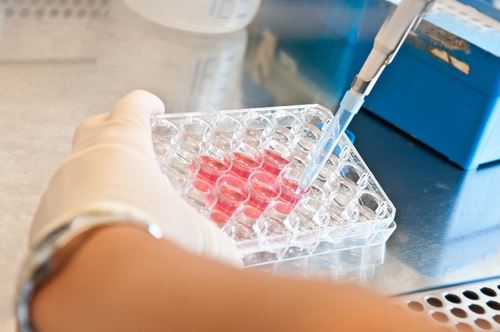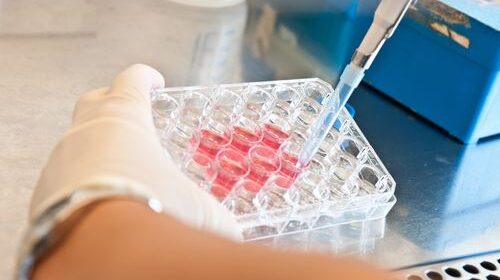Sales Value of Recombinant Human Thrombopoietin Reached CNY 1257 Million in China
In recent years, the incidence of thrombopenia in China keeps increasing. Thrombopenia is often seen in hematologic diseases such as primary immune thrombopenia, leukemia and aplastic anemia as well as in connective tissue diseases, liver diseases and tumor chemotherapy. Thrombopenia may also be congenital or drug induced. Primary immune thrombopenia is a clinically common hemorrhagic disease, accounting for 1/3 of hemorrhagic diseases. The annual incidence of primary immune thrombopenia is 5/100,000 to 10/100,000.

The number of patients with thrombopenia in China is increasing by over 100,000 every year. Research shows that 20% to 30% of patients receiving chemotherapy have obvious thrombopenia. The incidence of thrombopenia is 81.80% among patients receiving single-agent carboplatin chemotherapy, 58.20% among patients receiving carboplatin combination chemotherapy, 64.40% among patients receiving gemcitabine chemotherapy and 59.30% among patients receiving paclitaxel chemotherapy.
Using thrombopoietin such as Recombinant Human Thrombopoietin is one of the ways to treat thrombopenia. In 2005, Recombinant Human Thrombopoietin by Shenyang Sunshine Pharmaceutical Co., Ltd. (trade name: TPIAO) was approved to be sold in China. By the end of 2020, Shenyang Sunshine Pharmaceutical Co., Ltd. is the only approved Recombinant Human Thrombopoietin product on the Chinese market.
In China, Recombinant Human Thrombopoietin applies to the treatment of patients with thrombopenia (platelet count < 50×109/L) caused by solid tumor chemotherapy when doctors regard it necessary to increase platelet count. It is also used to assist the treatment of patients who have idiopathic thrombocytopenic purpura with platelet count below 20×109/L when glucocorticoids do not work. It is only applied to patients with thrombopenia and patients facing the increasing risk of bleeding. It is not used to increase platelet count to the normal level.
According to CRI’s market survey, the sales value of Recombinant Human Thrombopoietin kept rising after the drug was launched in China. In 2019, it reached CNY 1257 million, representing a CAGR of 40.9% from 2015 to 2019.
CRI expects that as the number of patients with thrombopenia increases in China, the demand for Recombinant Human Thrombopoietin will also increase.
Due to the outbreak of COVID-19 in 2020, the normal operation of many hospitals in China has been affected, and the sales of Recombinant Human Thrombopoietin have also been adversely affected. Therefore, CRI estimates that the sales growth of Recombinant Human Thrombopoietin in China in 2020 will only be about approximately 2%, reaching CNY 1282 million; the sales volume increase was only about 3%, reaching 1306 thousand vials. The actual number will not be available until February-March 2021, after CRI conducts investigations on Shenyang Sunshine Pharmaceutical Co., Ltd., and sales channels. know. It is estimated that from 2021-2025, the growth rate of the Chinese market for recombinant human thrombopoietin will gradually recover. By 2025, the sales revenue will reach CNY 3465 million, and the CAGR will reach 20% in 2021-2025; and the sales volume will reach 3.53 million vials in 2025. CAGR will reach 22% from 2021 to 2025.
Reference:Investigation Report on China’s Recombinant Human Thrombopoietin Market, 2021-2025

